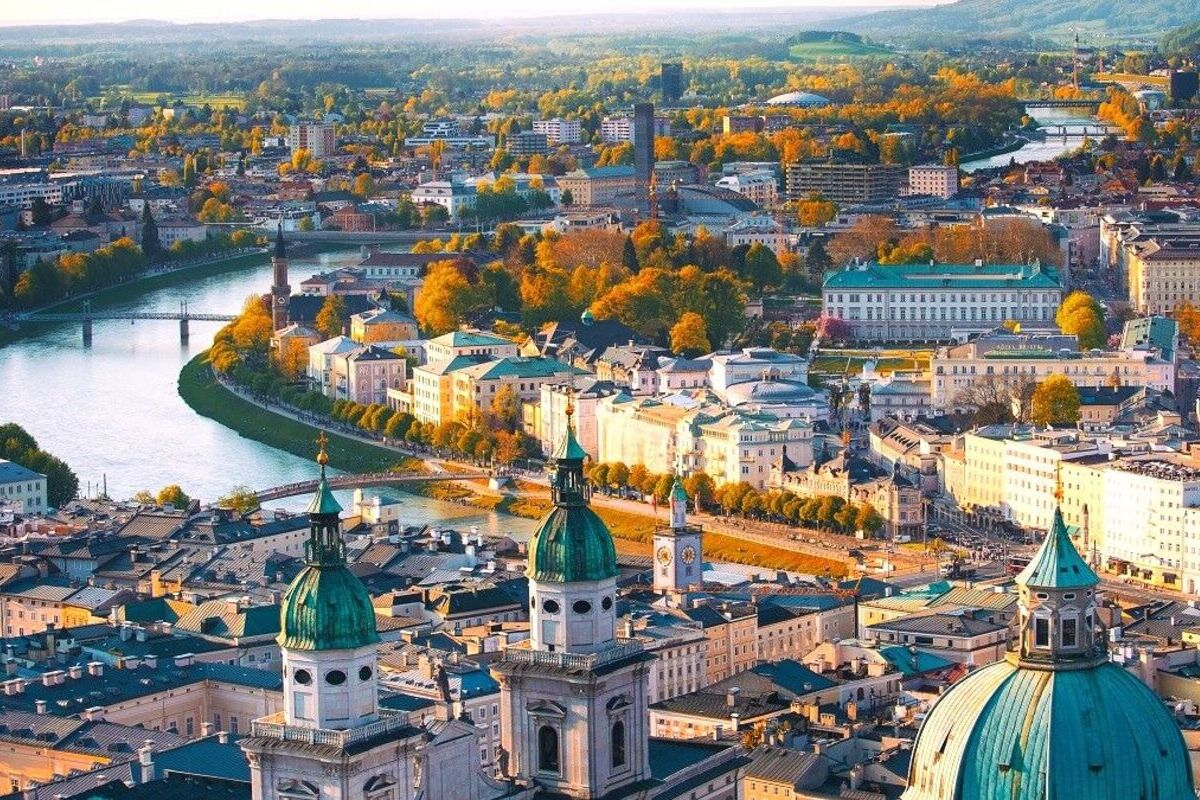Vienna is not only the capital of Austria but also a true cultural, musical and historical center of Europe. Once the heart of the mighty Habsburg Empire, the city still preserves its aristocratic charm, classical architecture and artistic legacy. Every street in Vienna holds stories of composers, philosophers, artists and emperors. At the same time, it is a modern city with a high quality of life, abundant greenery and advanced urban infrastructure. Here are some interesting and educational facts about Vienna that you might not know.
- Vienna has consistently been ranked among the most livable cities in the world. This is confirmed by reports from international agencies such as Mercer and The Economist. The city combines safety, cleanliness, efficient public transport and cultural diversity.
- One of the oldest and most prestigious opera houses in the world, the Vienna State Opera, is located in the heart of the city. It opened in 1869 with a performance of Mozart’s “Don Giovanni.” Every year, it hosts more than 300 opera and ballet performances.
- Vienna is known as the city of music, home to legendary composers like Mozart, Beethoven, Haydn, Schubert, Brahms and Mahler. Many of the most important works in classical music were composed here. The city hosts numerous museums dedicated to these musical geniuses.
- The Vienna Philharmonic Orchestra organizes a New Year’s Concert every year, broadcast in more than 90 countries. It is one of the most anticipated musical events worldwide. Due to high demand, tickets are allocated by lottery.
- Vienna is home to the oldest continuously operating zoo in the world, Tiergarten Schönbrunn. Founded in 1752, it is part of the UNESCO World Heritage Site of Schönbrunn Palace. The zoo houses over 700 animal species including pandas, tigers and koalas.
- The Prater park features the world’s oldest functioning Ferris wheel, the Riesenrad. It was built in 1897 and has become one of the city’s symbols. It offers a panoramic view of Vienna from its cabins.
- Vienna has more than 100 museums, including the Museum of Art History, the Albertina, the Leopold Museum and the Museum of Modern Art. These institutions hold masterpieces by Bruegel, Klimt, Schiele, Rembrandt and others. Museum culture is deeply integrated into the city’s lifestyle.
- In 1913, Adolf Hitler, Joseph Stalin, Leon Trotsky and Josip Broz Tito all lived in Vienna at the same time. They resided in different parts of the city and were not yet influential figures. This surprising historical coincidence continues to intrigue researchers and historians.
- Vienna’s public transportation system is one of the most efficient in Europe and operates nearly 24 hours a day. The metro, trams, buses and suburban trains are all part of one integrated network. A single ticket gives access to all modes of transport.
- Viennese coffee culture is considered part of the city’s intangible cultural heritage and has been recognized by UNESCO. Traditional coffee houses such as Café Central, Café Sacher and Café Demel are historic institutions. Coffee in Vienna is more than a drink, it’s a social ritual.
- Vienna was a major center of the Secession movement, Austria’s version of Art Nouveau. This style is evident in architecture, painting and design. Artists like Gustav Klimt, Otto Wagner and Koloman Moser left a significant artistic legacy in the city.
- Vienna is one of the greenest cities in Europe. Nearly half of its area is made up of parks, forests, gardens and vineyards. You can even visit fully functioning wineries within the city limits.
- The Vienna Music Academy is one of the oldest conservatories in Europe. Founded in 1817, it has trained many world-renowned musicians. Its alumni perform on the most prestigious stages around the globe.
- Vienna has the oldest electric city railway system in the world, which opened in 1898. Today, it is integrated into the modern metro system, but some stations have preserved their original historic appearance. These stations are considered architectural and cultural treasures.
- More than 450 balls are held in Vienna each year, attracting guests from around the world. The most famous is the Vienna Opera Ball, one of the most glamorous events in Europe. Ballroom dancing remains a vital part of the city’s identity.
- The Hundertwasserhaus in Vienna is a unique residential building with no straight lines or sharp corners. Designed by artist and architect Friedensreich Hundertwasser, it reflects his vision of harmony between architecture and nature. It has become a major tourist attraction and an icon of Viennese design.
- Vienna plays a key role in international diplomacy. It hosts the headquarters of the United Nations, OSCE, IAEA and many other global organizations. The city is one of the world’s leading centers for political dialogue.
- Sigmund Freud, the founder of psychoanalysis, was born and worked in Vienna. His apartment on Berggasse has been converted into a museum featuring his personal belongings, furniture and library. It attracts thousands of visitors interested in psychology and science.
- Vienna is one of the few European cities with large urban vineyards. These vineyards cover more than 600 hectares and produce thousands of liters of wine annually. Viennese wine is recognized under the regional designation Wiener Gemischter Satz.
Vienna is more than just a city of historical landmarks. It is a living cultural capital that gracefully balances tradition and innovation. These fascinating facts reveal the depth and diversity of Austria’s capital. Vienna impresses with elegance, intellect and warmth, offering a unique blend of past and present in perfect harmony.





